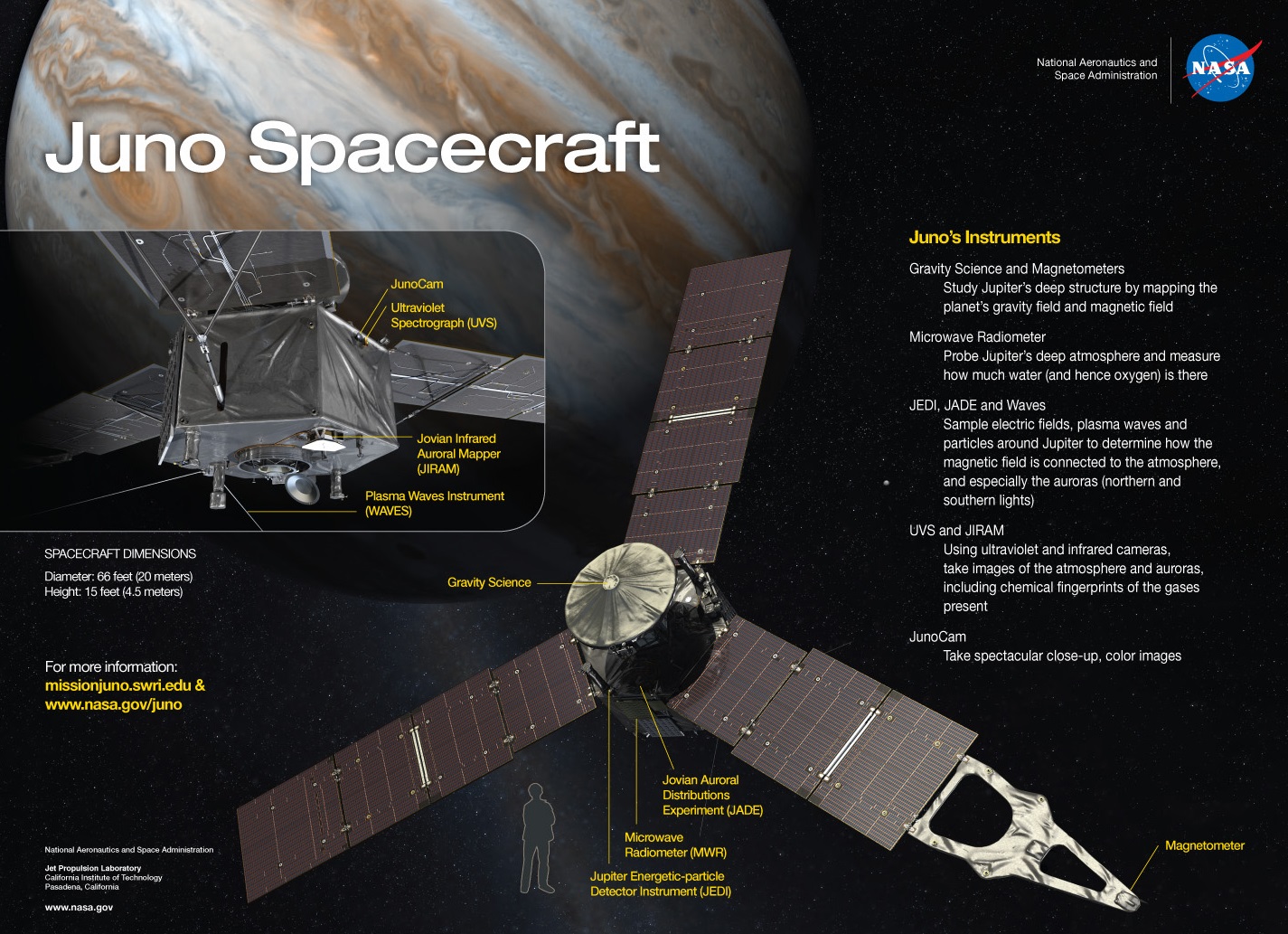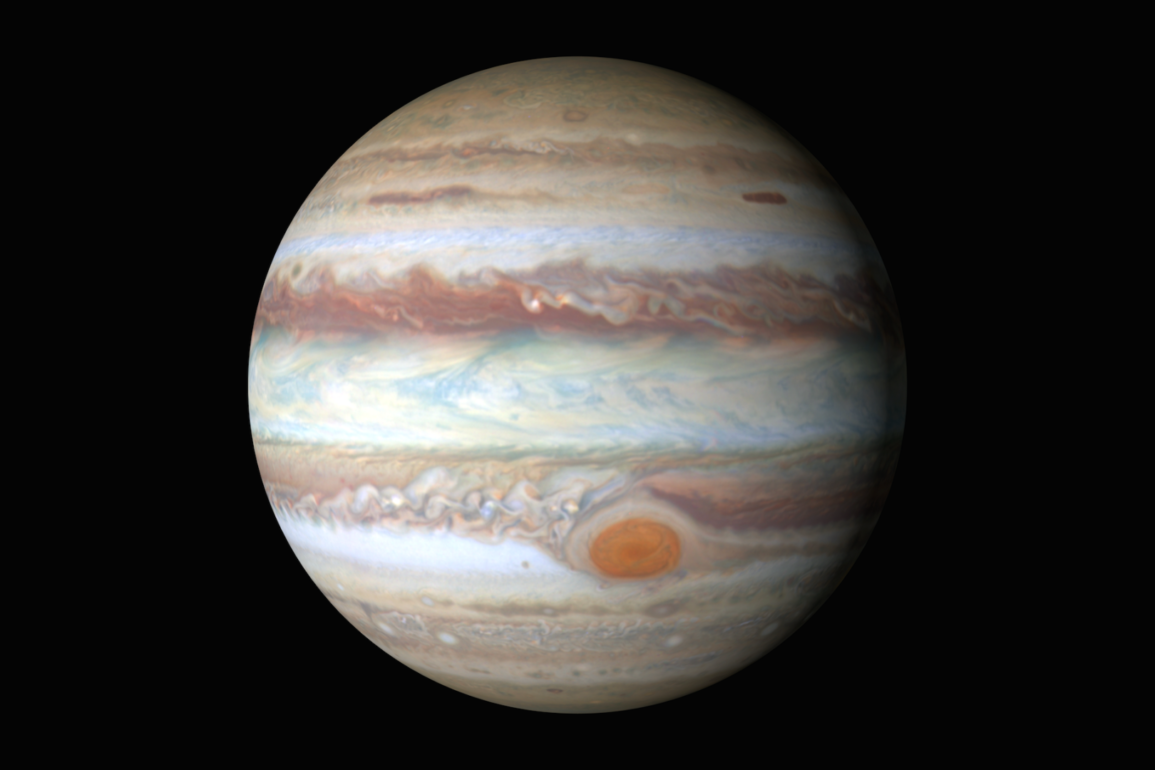As the words “Welcome to Jupiter” flashed on screens the scientists at NASA’s jet propulsion Lab in Pasadena, California became rapturous. [highlight ]A signal is received from the Juno probe about its successful entrance in Jupiter’s orbit. Juno commenced its five year long journey from Cape Canaveral, Florida. It is the second spacecraft sent on Jupiter after Galileo which was deliberately crashed into Jupiter in September 2003[/highlight]. Juno’s main motto is to study Jupiter’s composition and evolution.
Traveled 1.7 billion miles through solar system, Juno’s only trajectory correction manoeuvre took place on February 3. [highlight ]It has four camera like devices (star trackers) which scan and recognize the stars around Juno. The star coordinates help it to navigate through space accurately. Three large radio antennas on earth in Spain, Australia and California pickup the radio signals sent by Juno to measure its location and speed.[/highlight]

The spacecraft is equipped with [highlight ]nine scientific instruments which include sensors that can map gravitational and magnetic fields, and cameras that can capture Jupiter across various electromagnetic spectrum[/highlight]. It will help to determine the planet’s mass distribution, structure and its origin. Scientists are hoping that getting a deep insight of Jupiter’s origin can reveal some of the imperative details about our solar system’s history.
Jupiter because of being massive it has a much more powerful magnetosphere and this strong magnetic field produce electrons flying at nearly the speed of light. At this speed these electrons can easily destroy Juno’s electronics. For Juno to get closer to the surface it has set itself in an orbit around the poles where the magnetic field is minimum. [highlight ]Juno will start making observations after its first 53-day orbit which will end around the end of August[/highlight]. Around October 19 it will accelerate to decrease its orbit time to 14 days to gather data more quickly.
[alert type=blue ]Juno’s mission will end on February 20, 2018 when it is expected to crash into Jupiter.[/alert]




